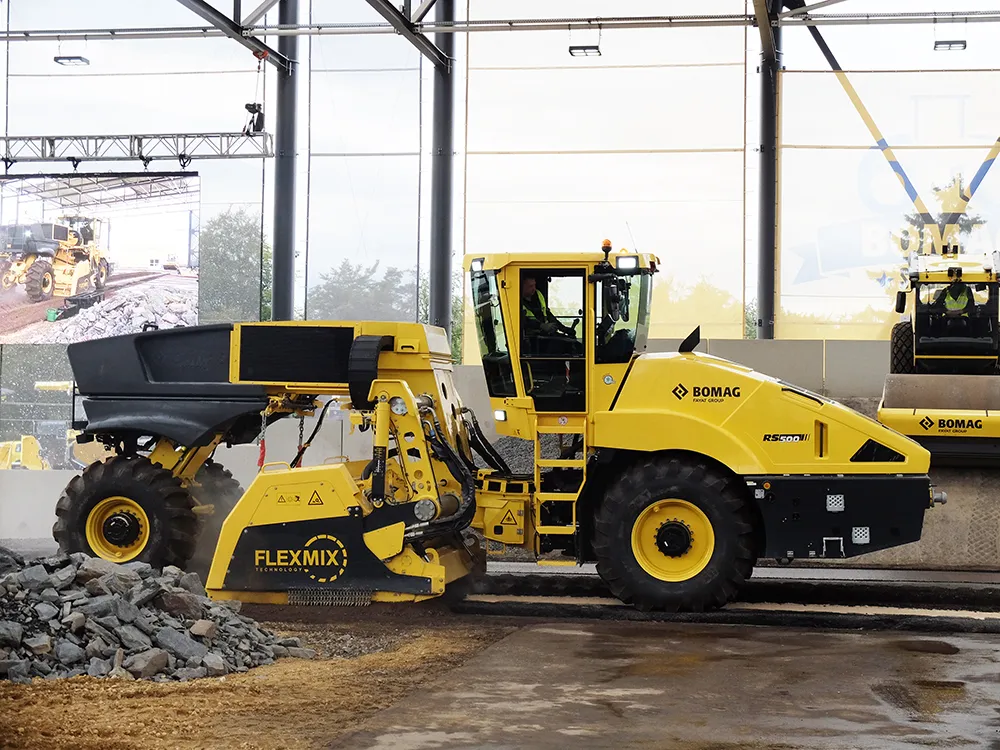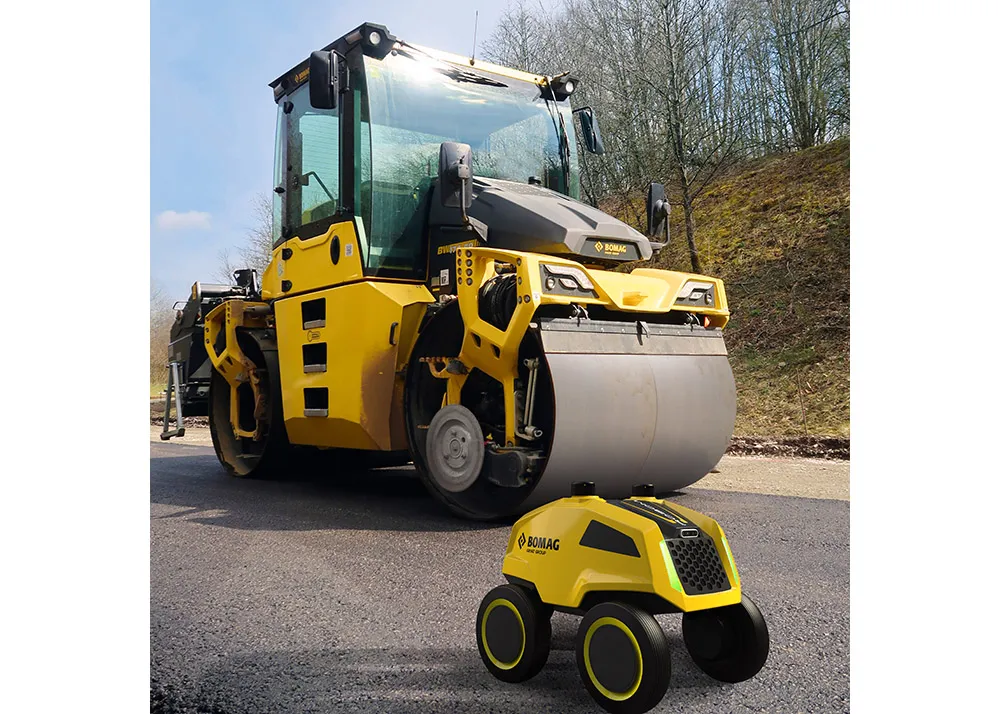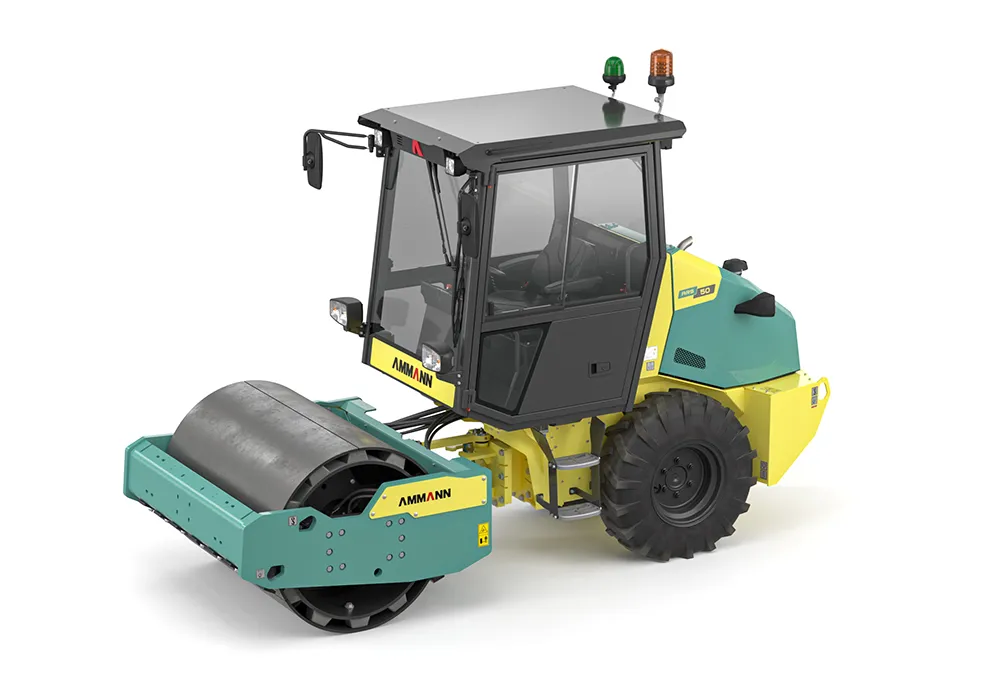The weight distribution in Bobcat’s new E25 reduced tail swing (RTS) compact excavator is said to be optimised through the use of proven ‘4-plate box’ technology to reduce he weight of the workgroup, which moves the centre of gravity of the machine towards the back of the excavator. As a result, the E25 does not require any additional counterweight. This enhances the stability and ensures that the E25 model can be transported by trailer more easily.
May 28, 2013
Read time: 3 mins
The weight distribution in Bobcat’s new E25 reduced tail swing (RTS) compact excavator is said to be optimised through the use of proven ‘4-plate box’ technology to reduce he weight of the workgroup, which moves the centre of gravity of the machine towards the back of the excavator. As a result, the E25 does not require any additional counterweight. This enhances the stability and ensures that the E25 model can be transported by trailer more easily.
Part of the E-Series ofOwing to the installation of a new main control valve and optimised pump and higher working pressure, the hydraulic system allows smooth, quick and simultaneous operations together with powerful digging forces.
The maximum digging depth of the E25 model is 258.2cm, with a maximum reach at ground level of 455.3cm and a maximum dump height of 305.7cm.
The open centre hydraulic system has a dedicated priority section in the main valve which creates a load-sensing feature, said to result in smooth and controllable feedback of operations. The dedicated gear pump for the pilot controls creates the additional hydraulic flow to improve simultaneous operations. This is combined with cushioned boom and arm cylinders providing smooth end-of-stroke movements to give the overall result - a quieter, more efficient and productive compact excavator.
Another new feature offered by the Bobcat E25 model is an auto-shift travel motor which allows an automatic transition of speeds. The machine shifts automatically from low to high speed and vice versa, providing superb travel performance in any working conditions. The operator activates this feature by simply pushing the button on top of the blade control lever.
The combination on the E25 model of the new engine, new air intake, cooling and exhaust system along with an entirely new pump and valve results in a much more comfortable working environment for the operator and bystanders. The operator noise level is 77 dBA and bystander noise level is 93 dBA.
The E25 is designed so all daily maintenance points are easy to access through the rear tailgate, right hand side cover and removable grill and side panels on both sides of the excavator.








